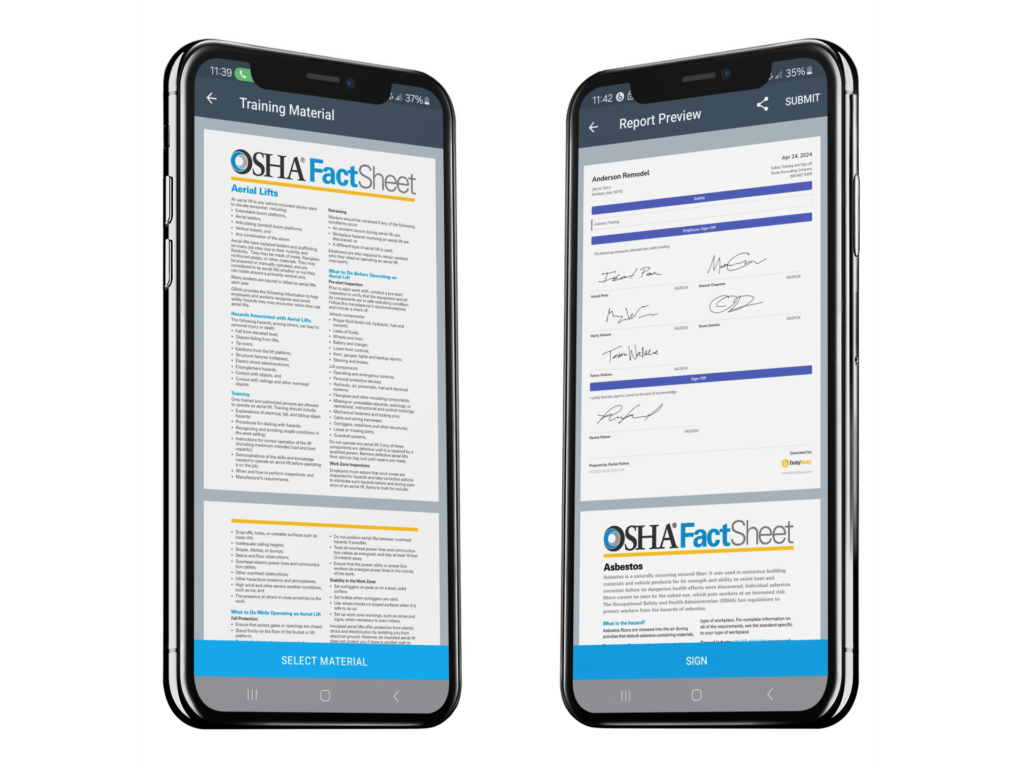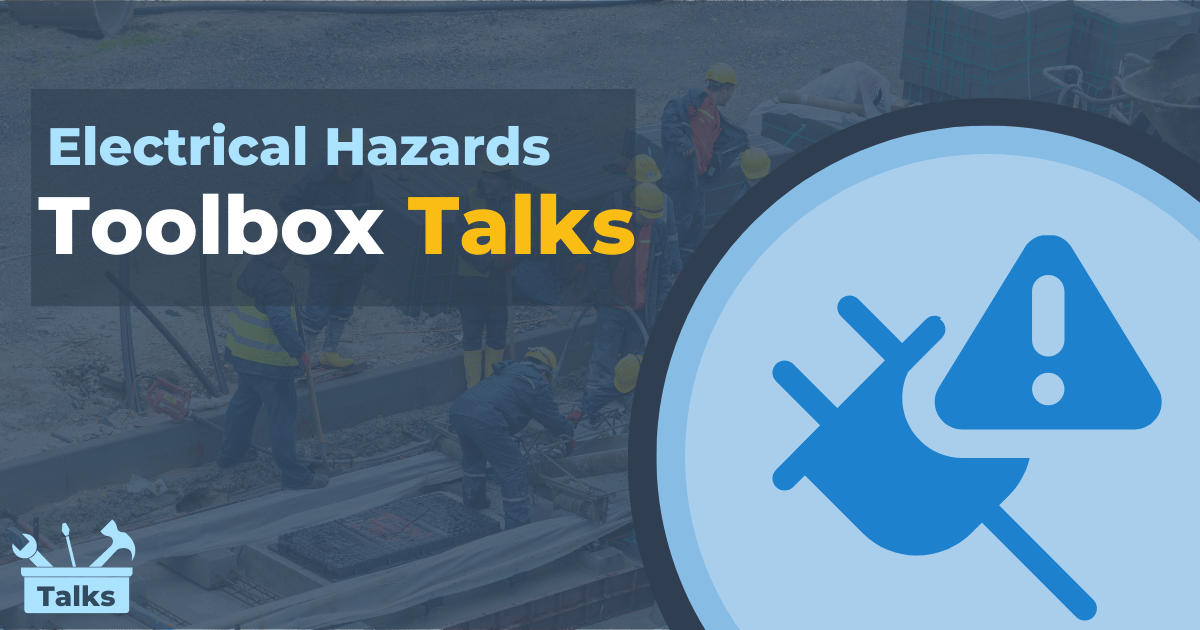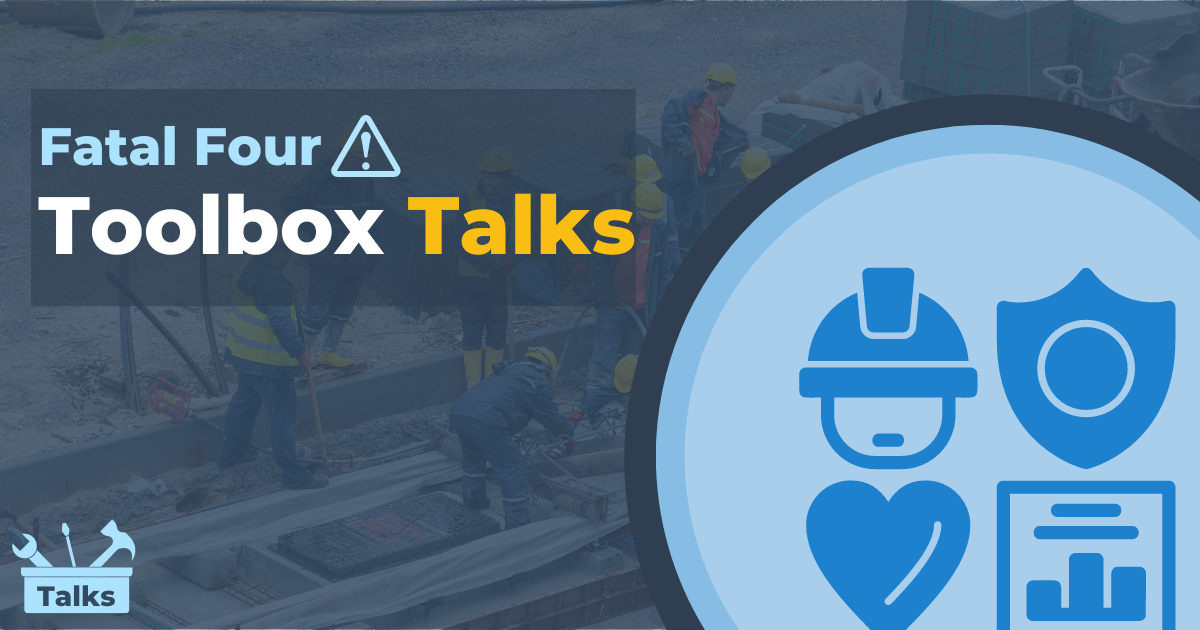
What are Caught in/between hazards?
Caught in/ between hazards are workplace dangers where employees can be crushed, pinched, or trapped between two or more objects. These hazards are a significant concern on construction sites, posing risks to workers’ safety.
While OSHA’s 1926 Subpart P regulation primarily focuses on excavation and trenching safety, its provisions can indirectly help mitigate caught-in/between hazards in the construction industry.
Simplified Explanation of 1926 Subpart P
OSHA’s 1926 Subpart P regulation, titled “Excavations,” outlines safety requirements for excavation and trenching operations in the construction industry. The key provisions of Subpart P include:
- General Requirements (1926.650):
- Defines terms related to excavation and trenching.
- Requires protective systems for trenches deeper than 5 feet unless the excavation is made entirely in stable rock.
- Specifies requirements for soil classification and protective systems based on soil types.
- Specific Excavation Requirements (1926.651):
- Mandates protective systems (sloping, shoring, shielding, or trench boxes) for trenches and excavations based on soil classification and depth.
- Sets standards for safe access and egress from excavations.
- Addresses specific safety precautions for water accumulation, hazardous atmospheres, and excavation adjacent hazards.
- Requirements for Protective Systems (1926.652):
- Details design, installation, inspection, and use of protective systems.
- Provides criteria for selecting protective systems based on soil and environmental conditions.
- Covers requirements for monitoring and reassessing excavation conditions.
- Requirements for Hazardous Atmospheres (1926.653):
- Requires testing and evaluation of atmospheric conditions within excavations.
- Provides guidelines for ventilation and emergency response in case of hazardous atmospheres.
- Training Requirements (1926.21):
- Specifies training requirements for workers involved in excavation operations.
- Ensures workers understand hazards, protective measures, and emergency procedures.
Overall, OSHA’s Subpart P under 29 CFR 1926 aims to prevent excavation-related hazards such as cave-ins, falls, falling loads, hazardous atmospheres, and equipment-related accidents by establishing comprehensive safety standards and procedures for construction employers and workers.
How 1926 Subpart P helps with caught-in-between hazards
While OSHA’s Subpart P regulation primarily focuses on excavation and trenching safety, its provisions can indirectly help mitigate caught-in/between hazards in the construction industry. Here’s how:
- Protective Systems Requirements: Subpart P mandates the use of protective systems like trench boxes, shoring, and sloping for excavations deeper than 5 feet (or less in some cases based on soil type). These protective systems not only prevent cave-ins but also create physical barriers that reduce the risk of workers being caught between collapsing materials or equipment.
- Safety Training: The regulation includes training requirements to ensure workers understand the hazards associated with excavation work and the proper use of protective systems. Training also covers safe practices for working near heavy equipment or materials, emphasizing the importance of maintaining a safe distance to prevent caught-in/between incidents.
- Access and Egress Requirements: Subpart P specifies standards for safe access and egress from excavations, which can help prevent workers from becoming trapped or caught in a confined space. Clear pathways and properly constructed entry and exit points reduce the likelihood of caught-in/between accidents during excavation operations.
- Inspection and Monitoring: The regulation requires ongoing inspection and monitoring of excavation sites and protective systems. Regular inspections help identify potential hazards such as unstable materials or inadequate shoring, allowing employers to take corrective actions promptly to prevent accidents related to workers being caught in between equipment or materials.
- Equipment Safety: Although not directly covered by Subpart P, the principles of equipment safety and operation within the vicinity of excavations are critical. Ensuring that heavy machinery operators are trained and follow safe operating procedures reduces the risk of incidents where workers could be caught between moving equipment or materials.
While Subpart P focuses primarily on excavation safety, its comprehensive approach to hazard prevention, training, and regulatory compliance indirectly contributes to reducing caught-in/between hazards by promoting a safer work environment and emphasizing proactive safety measures across construction sites.
Key Training Requirements
Employers must provide a thorough training program for employees who may encounter caught-in/between hazards. This program should equip workers with the knowledge and skills to identify such hazards and take necessary precautions. Training should cover:
- Understanding the nature of caught-in/between hazards specific to the work area.
- Proper procedures for safely performing tasks that involve potential caught-in/between hazards.
- Roles and responsibilities of employees in ensuring safety during operations that pose such risks.
- Safe handling and storage of equipment and materials to prevent accidental movement or displacement.
- Familiarity with relevant safety standards and emergency procedures.
Documentation of training is essential, including records of employee training, dates, and signatures of trainers or employers to verify compliance.
How Employers Can Prevent Caught In/Between Hazards with Technology
Employers are pivotal in construction safety, implementing measures to safeguard workers from caught-in/between hazards. This includes comprehensive training, deploying safety systems effectively, and conducting regular equipment inspections to mitigate potential risks.
Construction applications like busybusy streamline Safety Toolbox Talks and Incident Reporting, simplifying the management of factors contributing to caught-in/between accidents on construction sites. While OSHA doesn’t explicitly require Toolbox Talks, comprehensive training is mandated to educate workers on job hazards and safety practices.
busybusy Time Tracking integrates a Toolbox Talk Library into field reports, enabling supervisors to conduct efficient safety training using preloaded templates. Post-session, supervisors can collect employee signatures directly on their mobile devices.
The Toolbox Talk Library feature from busybusy empowers both employees and employers with essential tools to bolster job site safety. By ensuring comprehensive awareness and active participation in safety protocols, it fosters a safer working environment.
Conclusion
Prioritizing awareness of caught-in/between hazards and implementing robust safety measures are paramount for safeguarding workers’ well-being on construction sites. By adhering to training requirements, addressing common caught-in/between hazards, and learning from past incidents, employers can create a safer work environment conducive to productivity and peace of mind for all involved. Remember, safety is everyone’s responsibility.









